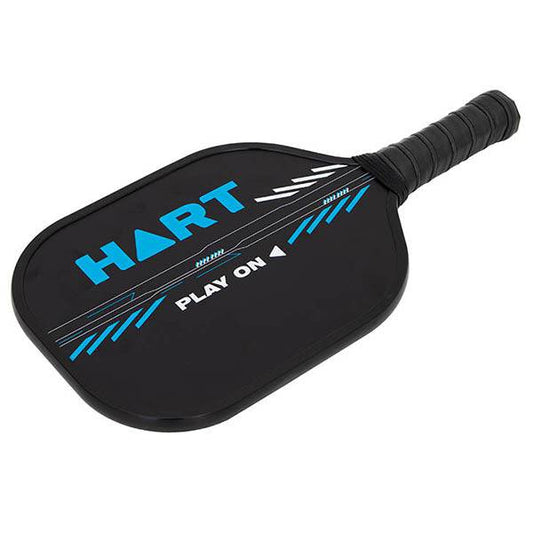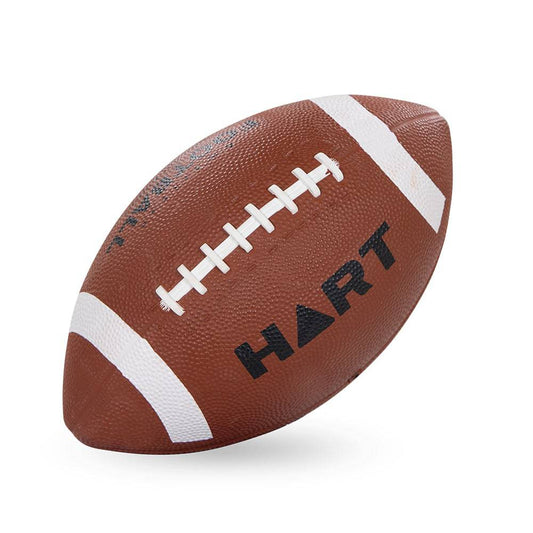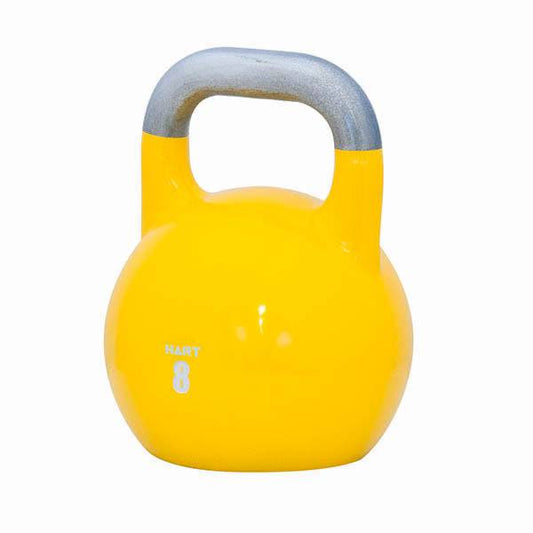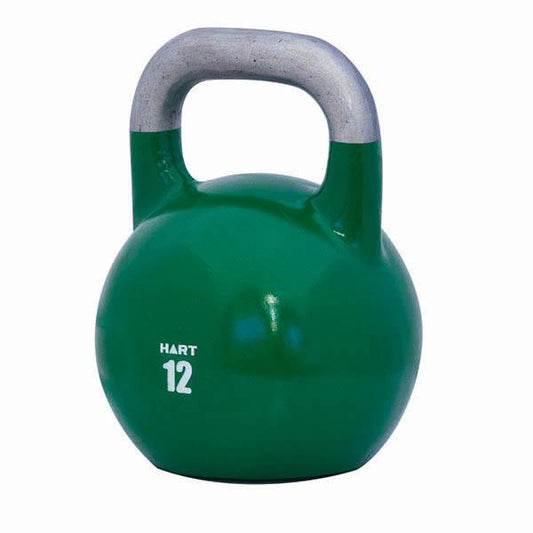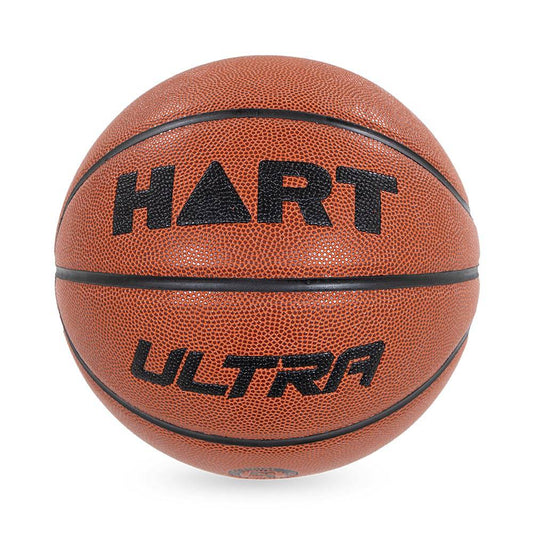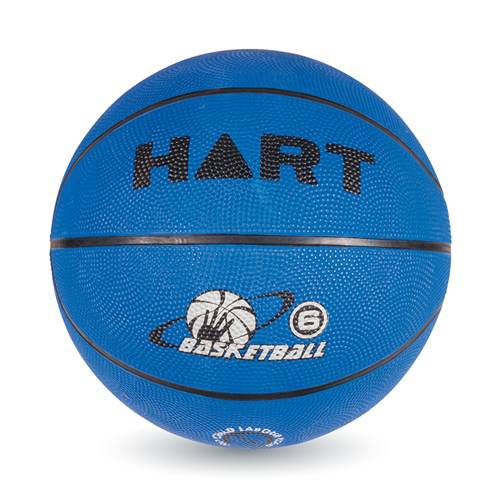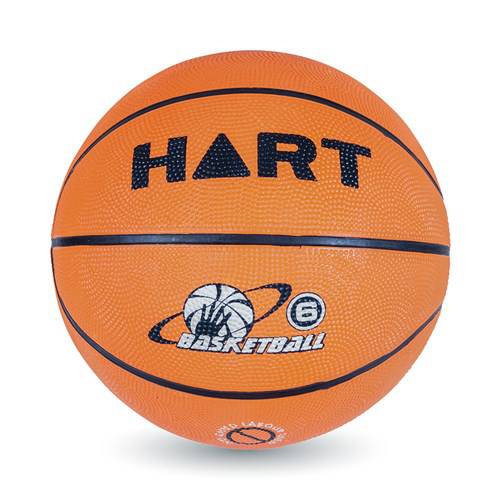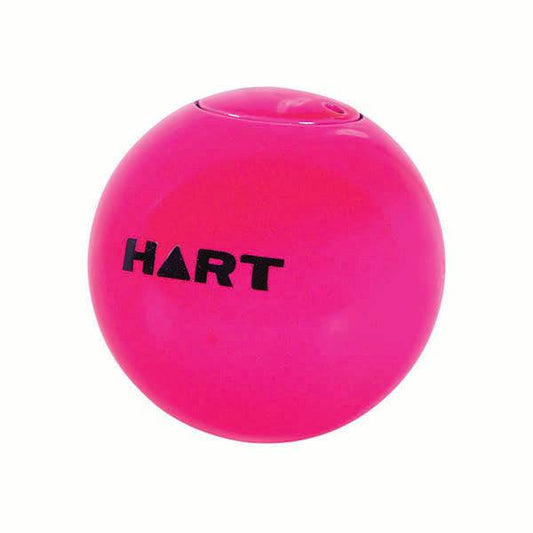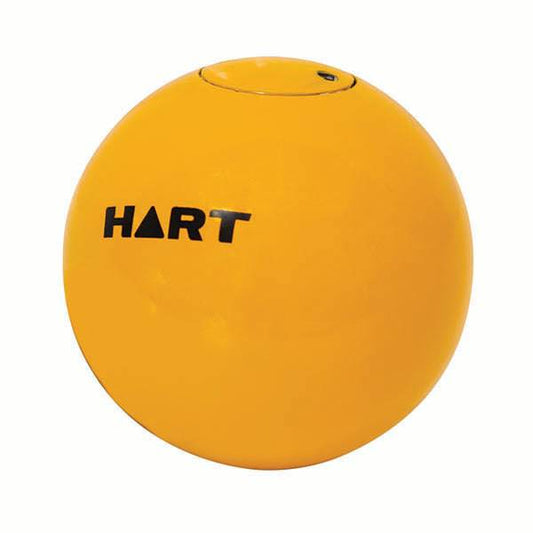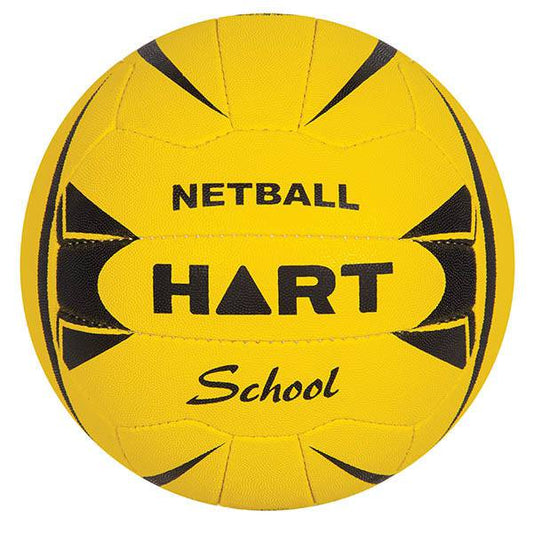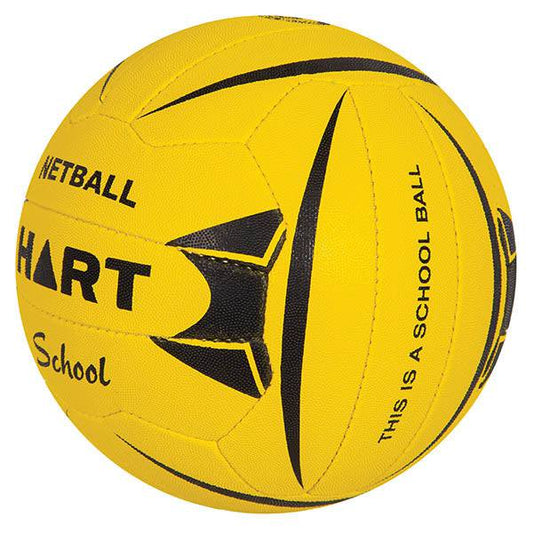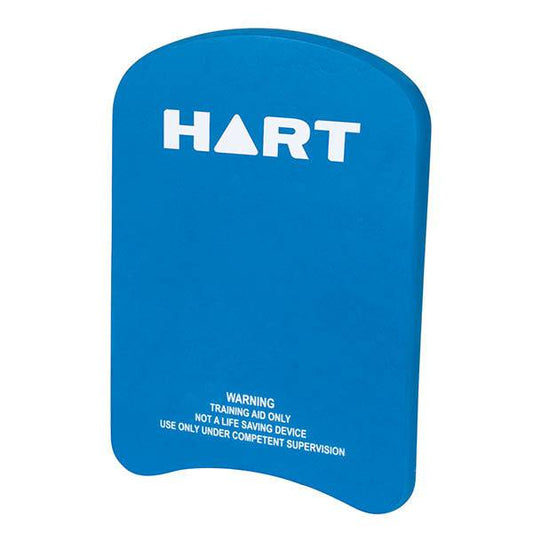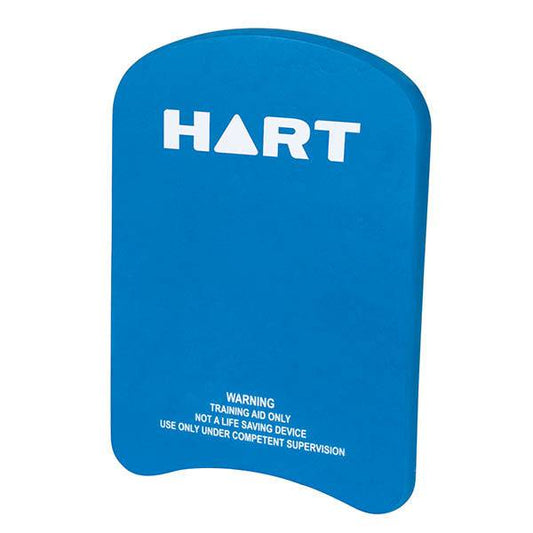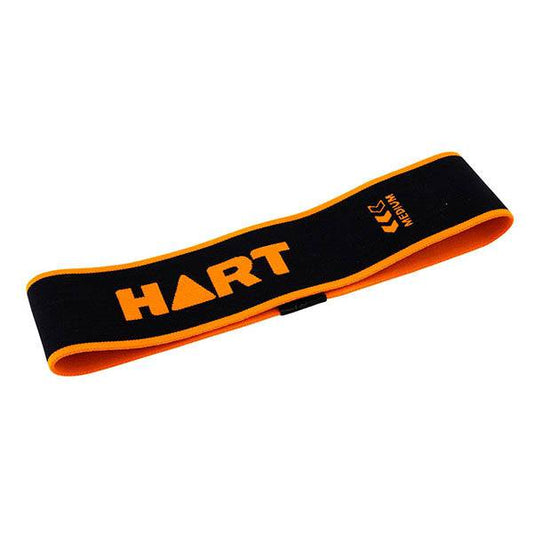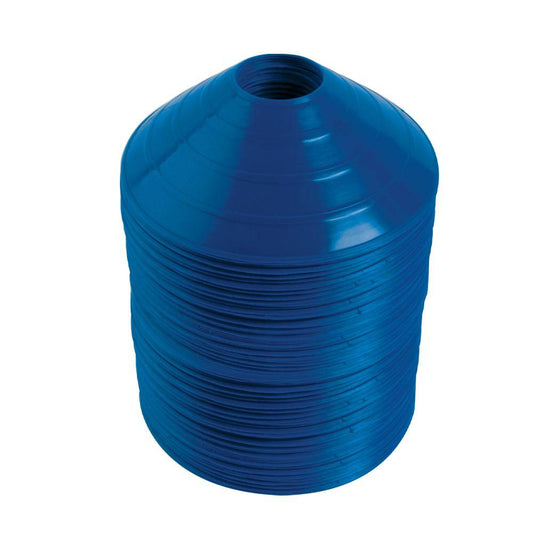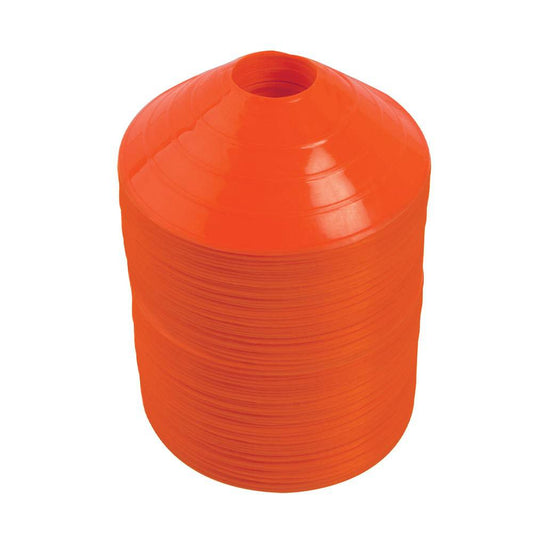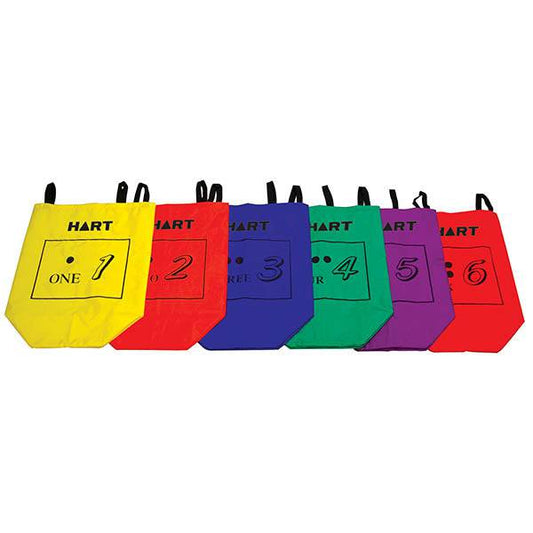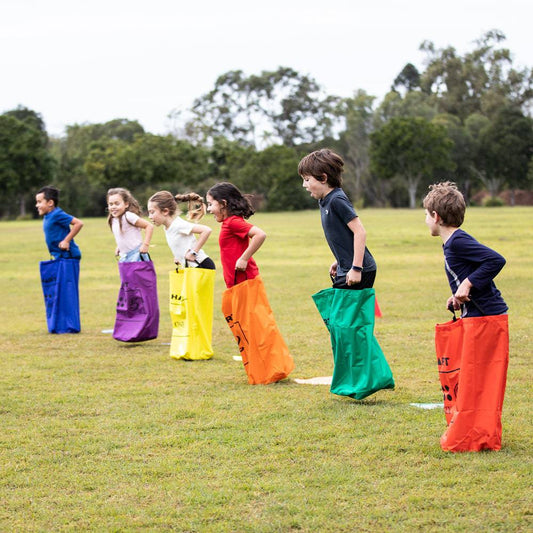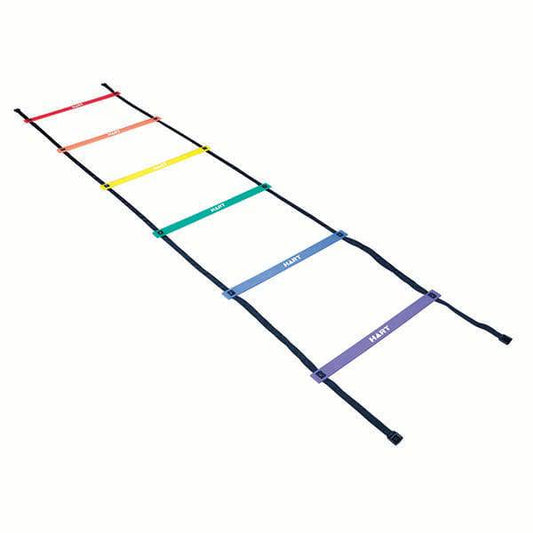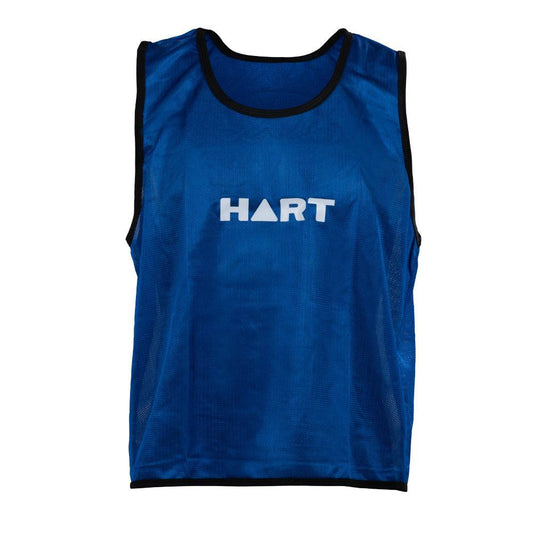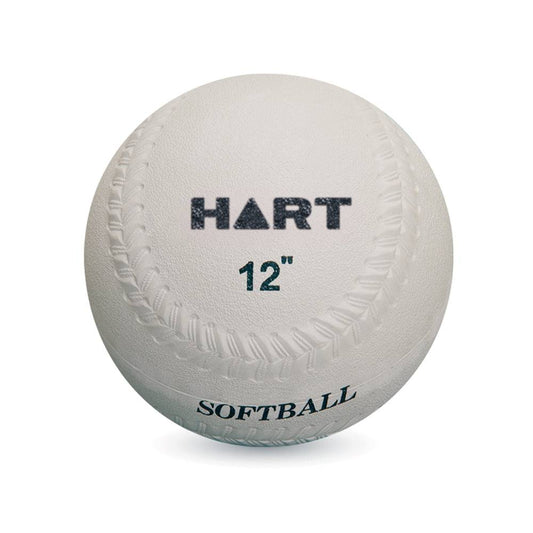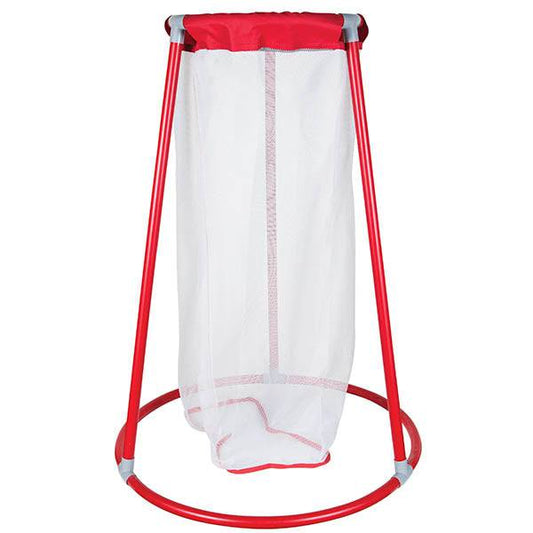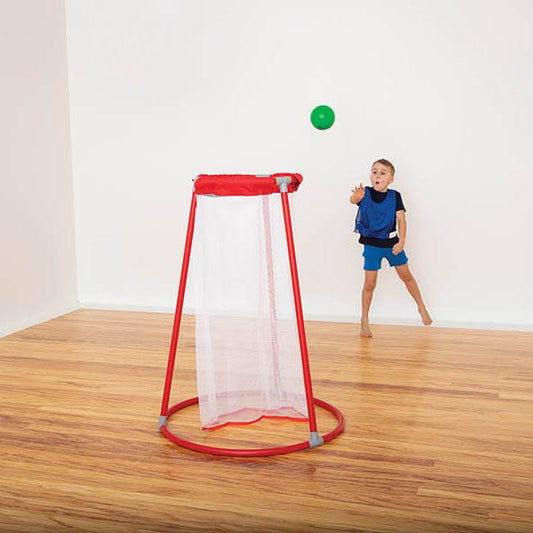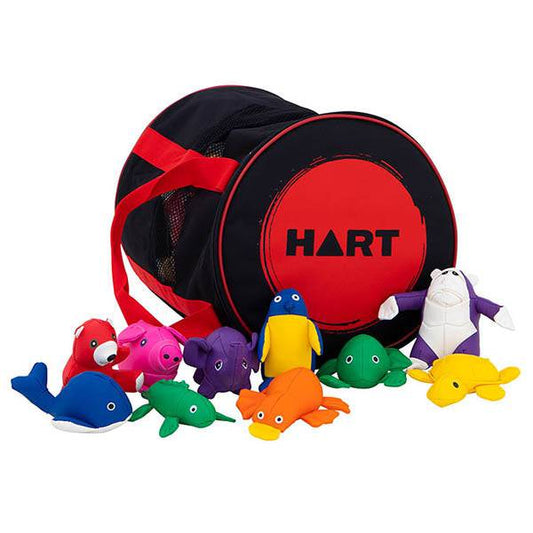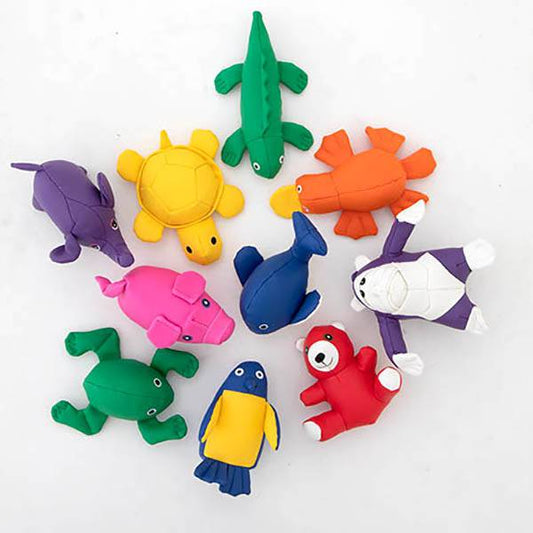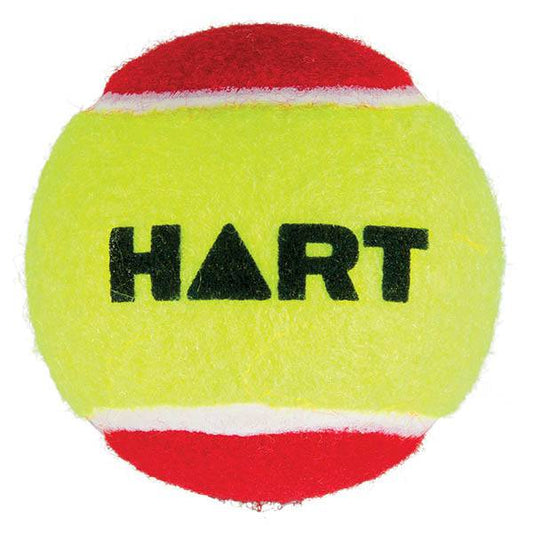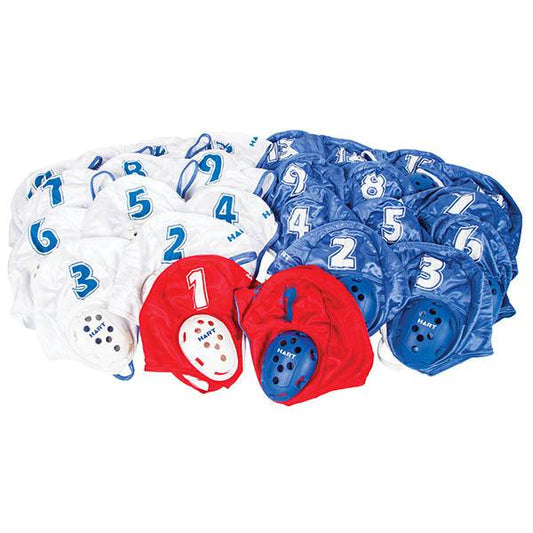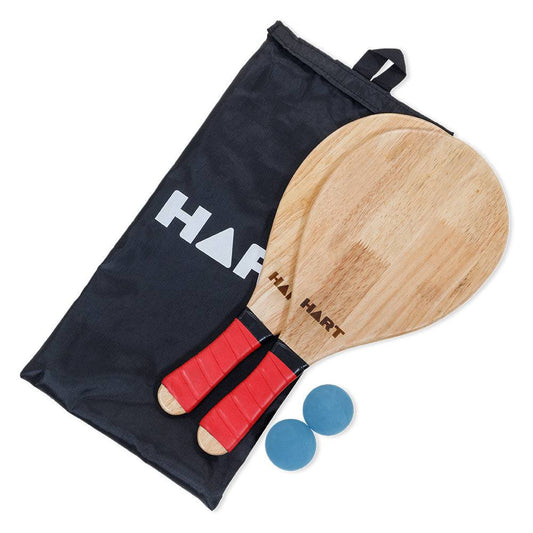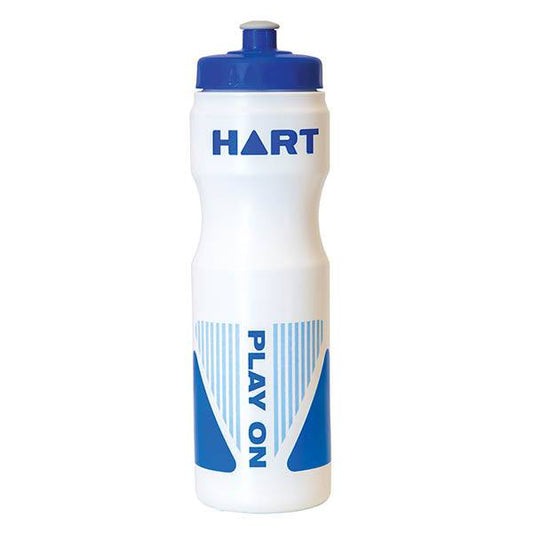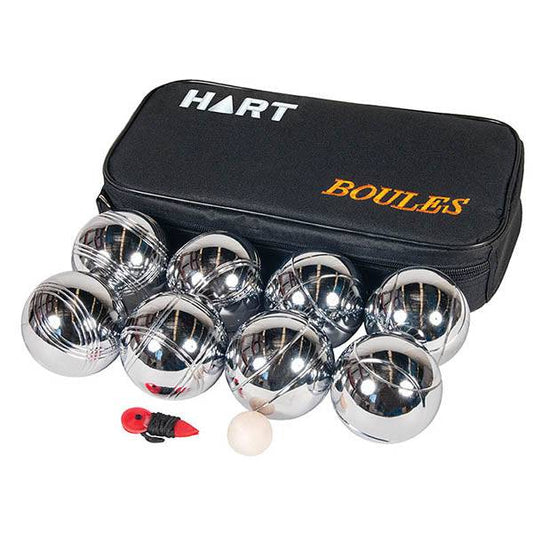Are Foam Rollers Worth All the Hype?

Heard all the hype around foam rollers but aren't sure if they're really worth your time, money or if they're as good as the experts say? In this blog, you'll learn why recovery is just as important as eating well, being active and getting enough sleep. But first things first, let's get a better understanding of how foam rollers work to help your muscles recover and make you feel better.
HOW DO FOAM ROLLERS WORK?
There are several advantages to rolling out your muscles before or after workouts. Foam rolling aids in the decompression and relaxation of tight muscles and the release of tension trigger points built up in the network of connective tissues known as 'fascia'. Foam rolling improves circulation and helps the body prepare for movement by stretching and relaxing the muscles before or after performing exercises. Foam rolling or Self Myofascial release does not impact muscular function or strength and is a less expensive type of soft tissue massage. Now that we understand the benefits of foam rolling, let's learn how to get on a roll(er).
FOAM ROLLING TIPS
Whether you’re just starting your foam rolling journey, or have been doing it for years, here are our top 5 tips for getting the most out of your rolling.
-
Start gently. If you’re just starting out, we recommend using a softer foam roller such as the HART Foam Roller. As you become more experienced, you may prefer a deeper release provided by harder rollers such as the HART Pro 45 Foam Roller or HART Onyx Foam Roller.
-
Let your breathing control your roll. Inhale deeply, then as you exhale, slowly roll the muscle. The movement should be a controlled, prolonged movement.
-
Try counting to 30 seconds as you move the roller from the top of your muscle to the bottom.
-
If you find a knot or tight spot along your muscle, hold that position and take in deep breaths for at least 5 seconds until you feel the tension loosen. Then continue to roll down the muscle.
-
Throughout the entire rolling session, make sure to breathe long, deep breaths to get as much oxygen to your muscles as possible.
Now you know how, we’ve got 5 tips to help you get rolling and prioritising your recovery.
MAKE A DATE WITH YOUR MUSCLES!
Like any habit you want to form, blocking out a time for recovery is the first step towards prioritising your recovery. Think about your daily routines and write down the activities you'd habitually do every day. You might wake up in the morning, have a shower, eat breakfast, get ready for work, watch the morning news and make your way to work. Then after work, you might drive straight to the gym, come home, make dinner, watch TV or catch up on social media (or both), have a shower and get ready for bed. Pretty everyday activities, right? Our daily habits are formed by repetitiveness that eventually leads to us doing them on autopilot. That's the goal we want to have when we prioritise our recovery. When creating a new habit or improving on an existing one, the best tip is to start small and build. If you're starting on your recovery journey, try rolling for 10 mins once a week. If you want to increase your recovery time, add 5 mins each week to your recovery sessions. Here are a few of our favourite ways to help you schedule time for recovery.
-
Set a reminder in your phone at a particular time when it's time to roll!
-
Block out 15-30 minutes in your calendar every day to roll.
-
Habit stack! After every workout, finish the session with 15 mins of recovery time.
-
Multi-task. Whip out the roller when you're watching TV.
-
Rolling should be uncomfortable, but not unbearable. Try warming up the muscles first by stretching beforehand to lessen the pain, which will help you come back for another roll!
Give these scheduling tips a go, and remember that consistency is key to building a fool-proof recovery habit.
Ready to get started? Shop our range of Foam Rollers today!
